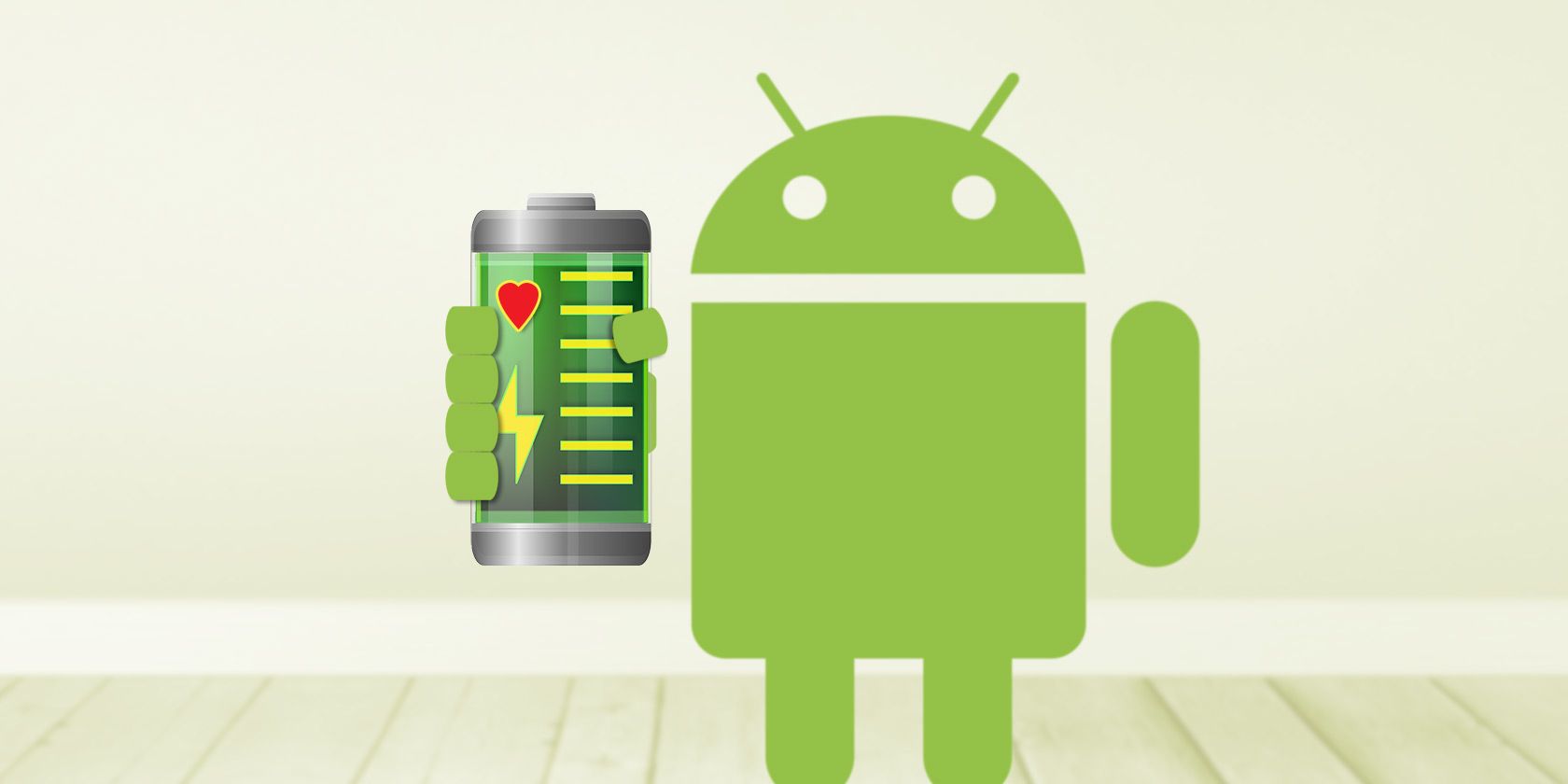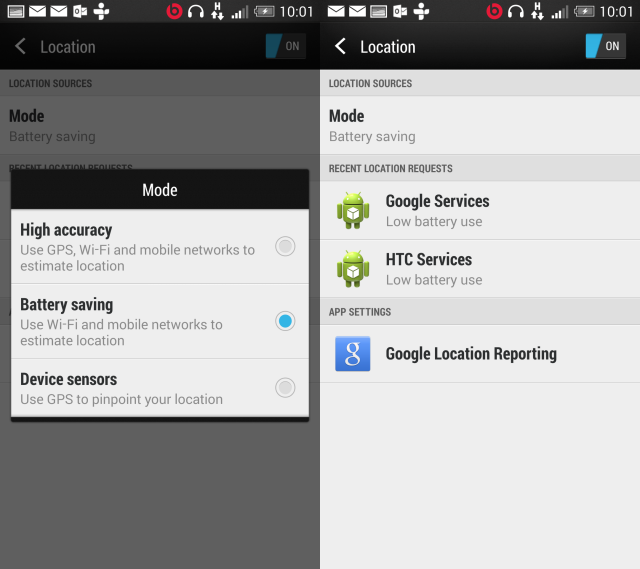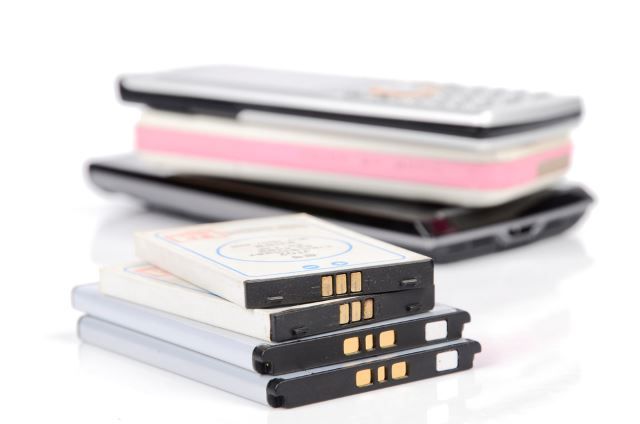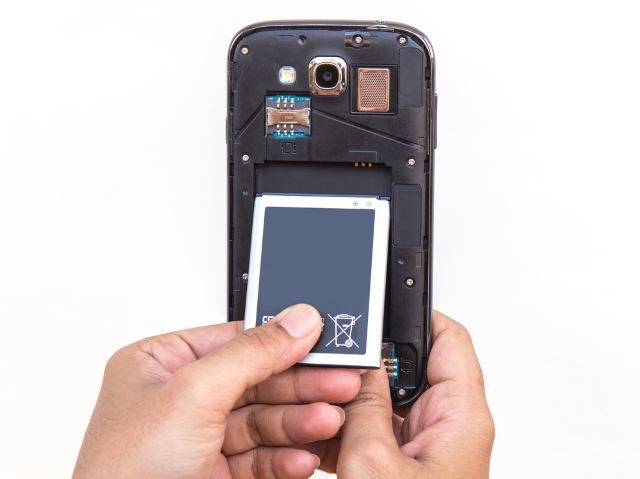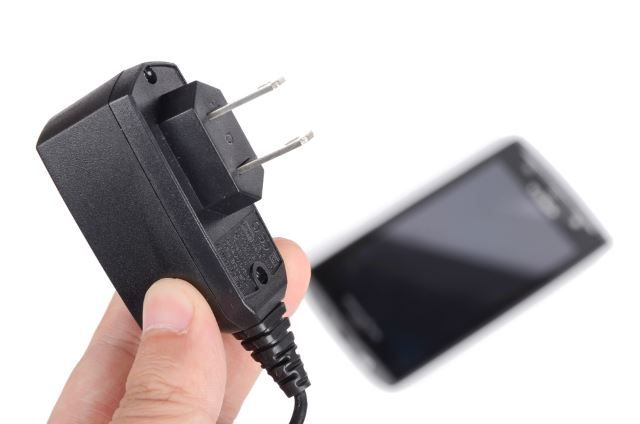How can you make your smartphone or tablet battery last longer?
Forget apps, we're talking about good practice here: how you treat your phone, when and how often to charge it, and how these things differ across battery types.
With more and more devices being produced with unibody cases, there is a greater requirement to make batteries last longer. After all, there's no longer an option to replace the battery!
You Can Use Apps: But They Need Your Help
We've shown you many software-based ways of preserving battery life, and which apps and services you need to turn off. The thing is, you shouldn't leave it all to the apps. How you treat your phone throughout the day and when charging or discharging will help to prolong battery life both in the short-term and the long-term.
Different batteries have different rules, however. Currently there are three types of battery in use: Lithium-Ion, Lithium-Polymer and Nickel-Cadmium.
For your smartphone, you probably have a Li-ion battery, but you can check the battery type in your device by removing the back cover -- or if your device is unibody, check the documentation or Wikipedia. Check the appropriate section below for how to keep your Android device battery healthy.
How Do You Charge Your New Smartphone Or Tablet?
With a new device fresh out of the box, the first thing you should do is charge it up. You're basically following the manufacturer's instructions here, and letting it discharge completely straightaway isn't a good idea.
However, this doesn't mean that you shouldn't let it discharge at all. You will need to have an idea of how long your battery lasts, so letting the charge run down is something you should do. If you're concerned about this and don't want to discharge completely (note this shouldn't damage a Li-ion cell), wait until the low battery warning shows and then recharge.
This isn't something you should do from the start, however. You need to get your phone setup and ready for use beforehand, so leave it until a couple of days have passed, after all app updates are installed, your preferred wireless connections are made, etc.
Once you're using your device regularly, make a note of when you charged it, and start using it normally. When the battery is low, you will have an idea of how long it will last, and can then modify your usage based on this timing.
Li-ion Batteries
The most commonly used batteries at present, Li-ion batteries can actually perform better at higher temperatures. The problem with this is that there is a cost: the battery will endure unnecessary stress, reducing the charging capacity.
We'll have a look at some methods to prolong a Li-ion battery in a moment; before then, take note that super-fast charging and forced discharging (achieved using dedicated apps) is discouraged, as these actions will only shorten the life of your battery.
A finite number of charges is available with any Li-ion battery, which is the recharge cycle or battery cycle you might have seen in documentation. When this limit is reached, you can expect battery life to begin deteriorating. Therefore, charging should become something you do only when the time is right, rather than as a habitual daily/nightly/when the battery hits zero activity.
There are many who keep their battery "topped up", but the problem is that the battery needs to go through some degree of charging and discharging to stay healthy. A solution is to keep the battery charge somewhere between 50%-80%, which should guarantee optimum performance. Keeping a close watch on the battery level will help here.
Discharging the battery before recharging is a myth of Li-ion that has its roots in NiCd cells (see below for more on this). Your Li-ion device does not have a "memory" and it never needs to be fully discharged.
LiPo Batteries
Lithium-ion Polymer cells are a variation of Lithium-ion, and managing the health of these batteries is the same as for standard Li-ion. Their main advantage is that they can be formed to the shape of the device, rather than having to be placed in a hard rectangular case like Li-ion battery. This makes them better for unibody devices with non-removable batteries.
Many popular phones today use LiPo batteries including the iPhone 6 and HTC One, but all the of the tips that work for Li-ion batteries apply to LiPo batteries as well.
Nickel-Cadmium Myths Debunked
If you're the owner of a much, much older device then it probably has a Nickel-Cadmium battery.
Many myths and misunderstandings have occurred over the years with regard to battery care, and there are a few that persist from the days when Nickel-Cadmium use was widespread. If you've ever heard of the battery "memory effect", zapping or short-circuiting batteries to revive them, then these are concepts -- often misunderstood -- that originate with NiCd cells.
So what is the truth here?
NiCd batteries are limited to 500 recharges. That means the battery can fail before you've had it for two years, and that's one of the main reasons why smartphones have moved away from this technology.
The so-called "memory effect" is really a limit of the cadmium material in the batteries, whereby the substance forms into crystals when unused. If you don't fully discharge your device every once in a while, it will eventually be able to hold less of a charge. "Zapping" the battery was widely believed to be a method of fixing the memory effect problem with a fast, high current charge. However, neither this nor short-circuiting could really fix the "memory effect" problem.
NiCd batteries should not be fully discharged, as this will damage them. When the low battery message appears, start charging! Also remember that when not in use, 1% of the battery will be used each day. Leaving the device until the battery runs out will also damage the battery.
Chargers And Storage
It's often easy to have one charger for different devices, especially when travelling. However, using the same charger for your Kindle as for your smartphone can lead to problems. This is because different charges can output at different amperages -- you can check these on your charger in the fine print somewhere on it. It should read something like this: Output DC5V = 1A. Matching both the voltage and the amperage will help you know if they're similar chargers, though voltages are generally the same for modern devices.
For the best results when charging, use the charger and cable that shipped with your device. It might mean slightly bulkier luggage but it will help to prolong the life of the cell. After all, why risk damaging an expensive smartphone or tablet with a cheap charger with no label and no guarantee the correct charge is being delivered?
Are you planning on not using your smartphone or tablet for a while? The best option here is to leave it at around 50% charge for a Li-ion battery. Storage should be in a location at the usual room temperature (more on this below).
Also note that damage to your phone's battery caused by pressure, piercing or the more usual drops can cause the battery to leak, reducing its life and damaging your phone's circuits.
Heat Is Bad: Keep Your Phone Cool
Along with the individual battery types, we've one final tip for you: keep your phone cool!
Devices should get no warmer than 140 degrees Fahrenheit (around 60 degrees Celsius). At this stage, various things might happen such as messages to remove your battery or a forced shutdown.
If you're getting a hot phone from gaming, the solution, obviously, is to stop playing. This will usually be purely due to the processor working overtime, and shouldn't affect the battery too much, but if one is being overworked, so is the other. Limit gaming to short bursts rather than game console-style marathons.
However, removing your device from any cases can also help. Environmental temperature can be a factor, so if the weather is hot or you're situated in a very warm building, consider how you're going to keep the device cool.
Heat really is bad. Just as it can cause severe problems for computer users, a hot battery will have a shorter lifespan. Worse still, if conditions get too hot, battery electrolytes have been known to ignite (rare, but possible).
On the flipside, keeping phones too cool is a bad idea if you're hoping to gain performance benefits, although this should have no impact on overall battery health. For the best results, strive to keep your batteries at something approaching a sensible room temperature.
What Works For You?
Battery care tips are often discussed among phone users, especially those with heavier usage than normal.
Have you found any of the tips we've given you work, or do you have your own methods for prolonging the life and overall health of your Android battery?
Use the comments to let us know.
Image Credits: Batteries, Charger, Man in snow, NiCd and Charging phone all via Shutterstock.

